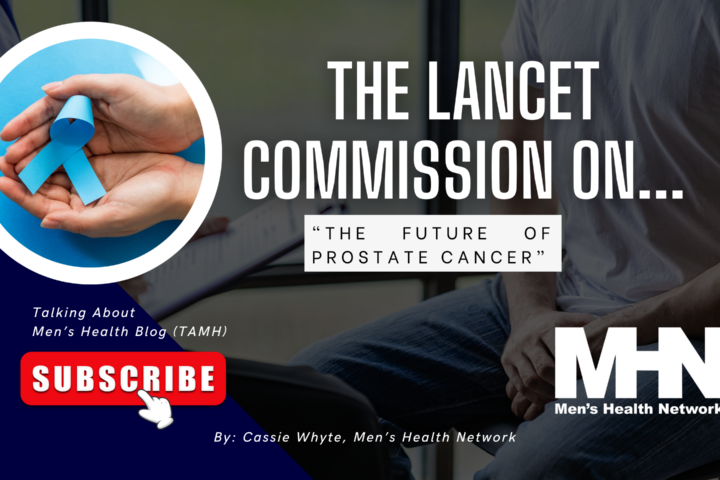The following blog is by a Martin Klingvall, a Norwegian medical student. Martin was visiting the U.S. because, as I understand it, half his class was deferred from going into medical school. The students take the time to travel and study abroad. Martin tried to get the full American experience during his time here. He visited New York, Miami, and lived in Capital Hill. He attended American University and interned at Men’s Health Network. Martin was a pleasure to work with and gave unique perspective on social and policy issues in the U.S. Economic incentives drive those seeking careers as physician.
In Norway, we are starting to experience a problem quite opposite of what is the issue in the USA. According to a conference for physicians I participated at the Senate last week, there are too few physicians. The U.S. is considering ways to increase the amount of medical students from 20,000 to 27,000 within the next few years. The problem with increasing the amount of students is the insecurity about the quality of education, and whether there is a capacity for educating those 7,000 extra students.
What is happening in Norway these days is that more and more students are attending med-schools in East European countries. This has been going on for almost a decade now and the problems are starting to show. These students, who are Norwegian citizens, go back to Norway after their theoretical period of six years, and are doing their Practical 1, five years in Norwegian hospitals. For one thing, they are taking up potential spots for those students that go to med-school in Norway. Since this “problem” is relatively new, there is still no legislation that secures students from Norwegian universities to get the intern spots rather than the Norwegian citizens from East-European ones. However, something is about to change within the next few years hopefully.
The second issue is the quality of the students. The problem is that East European countries are still relatively poor, at least according to Norwegian standards. The universities in these countries have high fees for western students, but the qualification to get in to these schools is about half the grades of what is required in Norway or the USA. The universities do not care about the skills of the students, as long as they pay the fee for going there. For a class in Krakow, Poland, only 47 out of 250 students passed their exam the first year, but they are all able to take the exam again next semester. This is frightening and finally yet importantly, it makes it too easy to start med-school. The status and respect of this profession is falling with these kinds of opportunities. This is not only the case for Norwegians, but also Americans, because of the fact that these East European universities also graduate American students. The nations represented in Poland are mainly Scandinavian countries and the USA.
In Norway, all hospitals are public, at least for now. There are some private clinics, but most doctors are paid by the government. In the USA, physicians are often choosing private clinics and are being paid a lot more compared to Norway. A problem the USA has to handle is the fact that because of this, some specializations are far more popular than others are. Again, this makes a problem, because almost everybody are choosing a well-paid field instead of maybe a choosing a field which is in need. The American population is getting older, and the need for geriatricians is increasing. The freedom of choice make a problem for the nation, and something should be done to make others fields of medicine more popular.
One thing that could be done is to encourage more girls to attend med-school. In Norway, about 70% of the students in med-school are girls, so in some decades from now, the majority of doctors in Norway will be women, if the trend does not change. Women tend to be more idealistic and caring than men, and will often choose different fields of medicine. The trend, at least in Norway, is that they often focus less on the money, than men do.
Editor’s Notes and Commentary:
“Practical 1” seems to be similar to a residency or fellowship program in the United States.
Where he speaks about going into needed areas, I believe Martin is referring to being am anesthesiologist rather than a primary care physician, not going into another field besides medicine.
Martin’s insight on making some specialties “more popular” is right on. Some provisions in the Patient Protection and Affordable Care Act (PPACA) try to encourage students to go into medicine and then primary care in rural areas via economic incentives like tuition reimbursement. We will see how that affects chosen specialties in the coming years.
Martin’s perspective on men and women’s idealism and level of caring is interesting. This may be a cultural issue or it may be valid. In my own experience, the doctors (including my own sister) and lawyers who made career decisions made them based on economic realities of paying back student loans rather than level of caring or idealism. Maybe I am being idealistic, but I my hope is that they will make enough money to retire at a relatively early age and give back later in life when they have wisdom, experience, expertise, networks, and influence.
What are our reader’s thoughts on his analysis?



